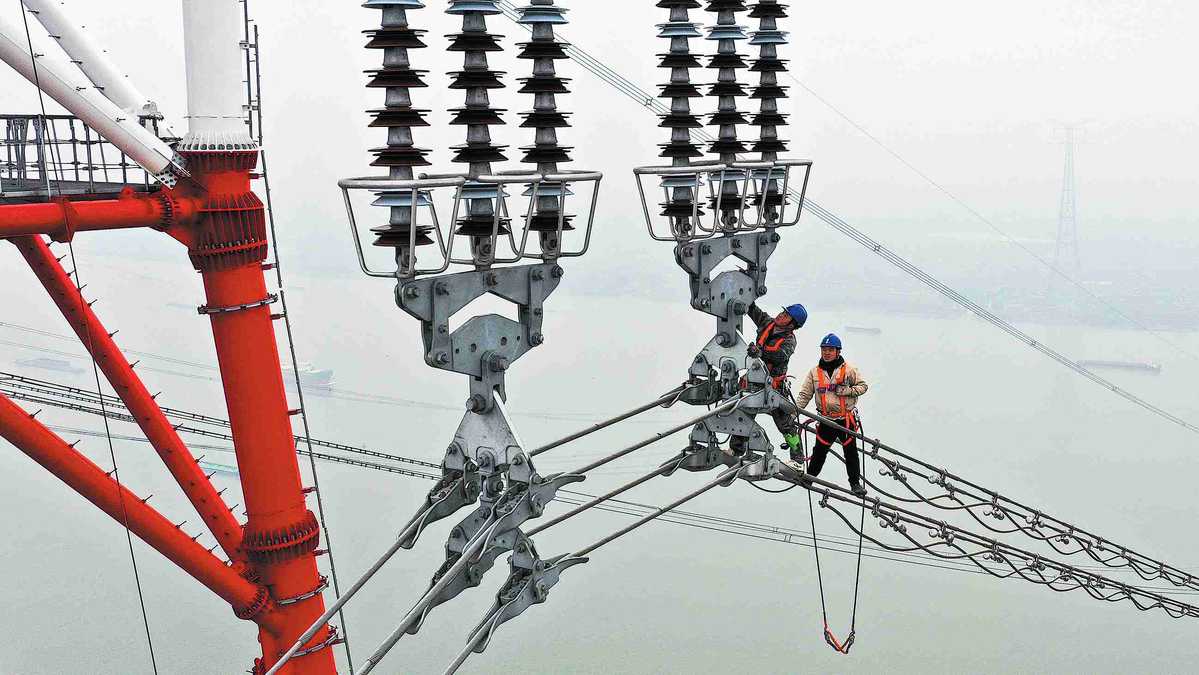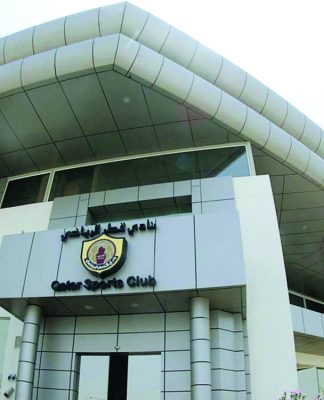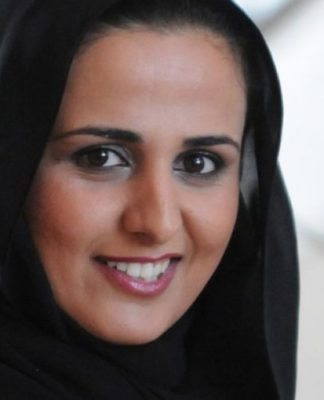SOEs all in on environmental goals
By ZHENG XIN | CHINA DAILY | Updated: 2023-03-15 09:17
Technicians inspect cables on a power transmission tower sitting across the Yangtze River and connecting Wuxi and Taizhou in Jiangsu province in February. SHI JUN/FOR CHINA DAILY
Numerous power companies begin accelerating 2023 projects to achieve dual carbon targets
China’s State-owned enterprises have been accelerating construction of new energy projects since the start of the year, from photovoltaic power stations to offshore wind farms, which, according to analysts and industry observers, are expected to become new engines driving the country’s economic growth.
A large number of SOEs — including State Power Investment Corp, China National Nuclear Corp and State Grid Corp of China — have all kicked off new projects across the country right after Chinese New Year, as they increased investments in the green sector, in accordance with the government’s pledge to peak carbon dioxide emissions by 2030 and achieve carbon neutrality by 2060.
State Power Investment Corp kicked off construction of a nuclear heat transmission pipe network in February. As the support facility of the 900-megawatt nuclear power-based district heating project in Shandong province, the network, with a total investment of up to 700 million yuan ($102 million), will further facilitate the expansion of nuclear power-based heating projects to more areas nationwide so as to further reduce carbon emissions, it said.
State Grid has also recently launched construction of its 1,901-kilometer Jinshang-Hubei 800-kilovolt ultra-high voltage direct current power transmission project, the highest-altitude UHV direct current power transmission project in the world.
This is part of its ambition to step up investment in 2023, with funds set aside for power grid construction to hit a record 520 billion yuan, up 4 percent compared with a year ago and the fourth consecutive year State Grid has upped investment in the sector.
Efforts will also be made to raise trans-provincial and trans-regional power transmission capacity to 300 million kilowatts by 2025, and 370 million by 2030, with electricity generated from clean energy accounting for over 50 percent of the total, State Grid said.
So far, the company has completed construction of 33 UHV projects nationwide, and it plans to construct more pumped-storage hydropower stations with an estimated total installed capacity of over 27 million kW during the 14th Five-Year Plan (2021-25) period.
An analyst said China’s SOEs have always been the biggest clean energy investors and developers in the country, actively facilitating the country to meet its dual carbon goals.
The investment opportunities are also benefiting them in critical sectors for China’s carbon neutrality drive, including green finance, renewables, energy efficiency, hydrogen and others, said Lin Boqiang, head of the China Institute for Studies in Energy Policy at Xiamen University.
“China’s SOEs are actively responding to the policy of cutting carbon emissions, with more and more SOEs in the process of making concrete plans to contribute to the national carbon neutrality target,” he said.
Considering the year 2023 a critical period for breakthrough developments in the renewable energy sectors, SOEs are further expanding their investment in the sector. China Huaneng Group, for example, has vowed to operate renewable energy projects with a total capacity of more than 30 million kW and investment is likely to reach 100 billion yuan this year.
A total of 152 new energy projects involving 29 provinces, municipalities and autonomous regions are underway or at the preparatory stage, covering clean energy bases in the country’s north, offshore wind farms in the east and integrated bases of hydropower and wind farms in the southwest, China Huaneng Group said.
China Energy Engineering Group, one of the world’s largest energy engineering conglomerates, also vowed to further accelerate construction of new energy projects in the country this year, after its new energy related contracts exceeded 355 billion yuan last year, up 83.9 percent year-on-year. The new energy sector is growing far faster than other sectors, it said.
According to Song Hailiang, chairman of China Energy Engineering Group, green development has brought impetus to the company as well as the national economy, driving the development of related industries, including technological innovation and investment in related fields.
Home / Business / Companies
SOEs all in on environmental goals
By ZHENG XIN | CHINA DAILY | Updated: 2023-03-15 09:17
Workers install photovoltaic panels at a power farm in Zhangye, Gansu province, in November. WANG JIANG/FOR CHINA DAILY
An optimized COVID-19 response will further accelerate domestic new energy project construction as well as global cooperation, thanks to the immense potential in terms of economic vitality and consumption in the world’s second-largest economy, he said.
Local authorities are also actively laying out plans for more construction of new energy projects. Shenyang, capital of Liaoning province, saw 494 projects signed in February, with those related to new energy and energy conservation accounting for 27.8 percent.
The Inner Mongolia autonomous region witnessed 32 contracts signed in February related to green electricity and new energy projects, with a total investment of more than 168.8 billion yuan, including an integrated renewable-energy-based hydrogen production project and wind projects.
With the consistent efforts of central SOEs — the major force of the country’s renewable energy industry — China’s newly installed combined wind and solar power capacity reached a record 125 million kW last year, bringing the tally of total installed capacity to over 1.2 billion kW.
Newly installed capacity of renewable energy reached 152 million kW last year, or 76.2 percent of the country’s total newly added installed energy capacity, including 37.63 million kW of wind power, 87.41 million kW of solar power and 3.34 million kW of biomass power generation, said the National Energy Administration.
Many SOEs that see traditional energy making up a dominant share in their business are also actively seeking transformation. China Energy Investment Corp, whose businesses cover coal, thermal power, chemicals, as well as new energy, is actively laying out plans for hydropower stations, solar power projects and offshore wind farms.
According to Zhang Fang, assistant professor at the School of Public Policy and Management at Tsinghua University, in addition to direct investment, SOEs are also engaging in green finance.
State-owned generators are actively enlarging their investments in low-carbon technologies and projects to ensure compliance with the carbon neutrality targets and facilitate green transformation, said Zhang.
Several major SOEs have also made clear plans to provide headway for advanced clean technologies, including carbon capture, utilization and storage, smart grid systems, UHV grids, hydrogen energy, green vehicles and electrification, Zhang added.
In December 2021, China Power Investment Corp and China Life Asset Management jointly set up an 8 billion-yuan clean energy fund, which is slated to be invested in 75 clean energy projects.
Amid the rapid development of the renewable energy sector, the State-owned Assets Supervision and Administration Commission of the State Council has also warned central SOEs to optimize their resources and carry out investment in new energy business in an orderly manner while avoiding excessive competition.
It calls for central SOES to intensify efforts to tackle key core technologies, focusing on energy storage and advanced transmission technologies and facilitating the achievement of carbon peak and carbon neutrality goals with the hard power of science and technology.
SOEs should focus on the high-end new-energy equipment industry as well as vigorously develop clean energy equipment such as high-power offshore wind power and high-efficiency photovoltaic power generation so as to make the new energy industry a new engine for China’s economic growth, SASAC said.
Zhang Yuzhuo, SASAC chairman, said China will step up efforts to lay out new projects in the fields of new energy, new materials and green environmental protection this year, adding that the government will also strengthen the industrial distribution of high-end manufacturing businesses while speeding up the transformation and upgrade of traditional industries.
Professional integration will be promoted in the fields of mineral resources, engineering contracting, coal power and clean energy in selected central SOEs in 2023, so as to effectively reinforce their competitiveness, he said.
|<






























